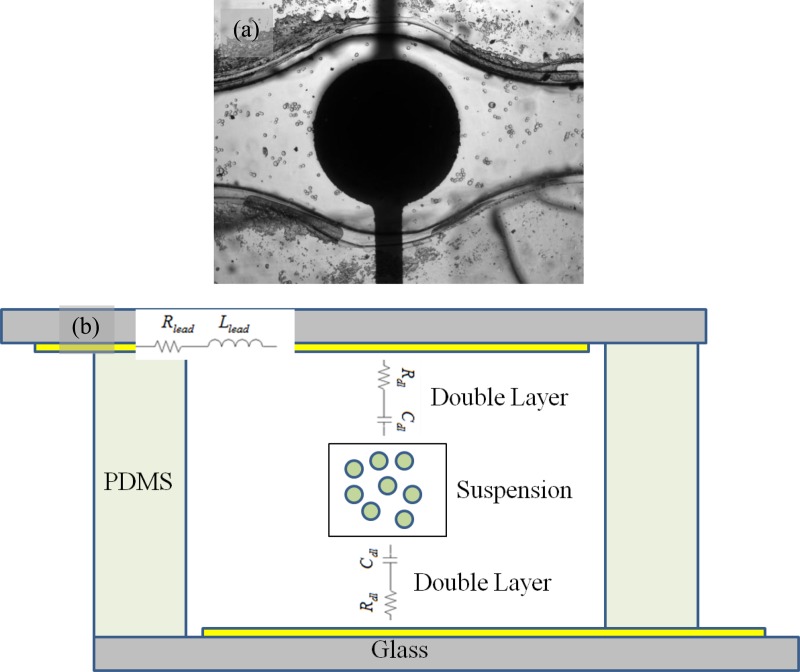A microfluidic gadget that is ready to carry out dielectric spectroscopy is developed. The gadget consists of a measurement chamber that’s 250 μm thick and 750 μm in radius. Around 1000 cells match contained in the chamber assuming common portions for cell radius and quantity fraction. This quantity is about 1000 folds decrease than the capability of standard fixtures. A T-cell leukemia cell line Jurkat is examined utilizing the microfluidic gadget.
Measurements of deionized water and salt options are utilized to find out parasitic results and geometric capacitance of the gadget. Physical fashions, together with Maxwell-Wagner combination and double shell fashions, are used to derive portions for sub-cellular items. Clausius-Mossotti issue of Jurkat cells is extracted from the impedance spectrum.
Effects of mobile heterogeneity are mentioned and parameterized. Jurkat cells are additionally examined with a time area reflectometry system for verification of the microfluidic gadget. Results point out good settlement of values obtained with each methods. The gadget can be utilized as a distinctive cell diagnostic tool to yield info on sub-cellular items.

Microparticle bombardment as a tool in plant science and agricultural biotechnology.
Microparticle bombardment expertise has advanced as a technique for delivering exogenous nucleic acids into plant cells and is a generally employed approach in plant science.
Desired genetic materials is precipitated onto micron-sized metallic particles and positioned inside one among a number of gadgets designed to speed up these “microcarriers” to velocities required to penetrate the plant cell wall. In this way, transgenes will be delivered into the cell’s genome or plastome.
Since the late 1980s microparticle bombardment has turn into a highly effective tool for the research of gene expression and manufacturing of stably reworked tissues and entire transgenic vegetation for experimental functions and agricultural purposes.
This paper opinions growth and utility of the expertise, together with the protocols and mechanical programs employed as supply programs, and the forms of plant cells and tradition programs employed to generate efficient “targets” for receiving the incoming genetic materials.
Current understanding of how the exogenous DNA turns into built-in into the plant’s native genetic background are assessed as are strategies for enhancing the effectivity of this course of. Pros and cons of particle bombardment applied sciences in comparison with various direct gene switch strategies and Agrobacterium primarily based transformation programs are mentioned.

